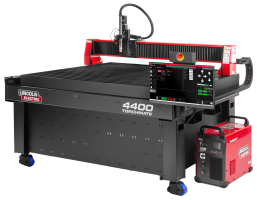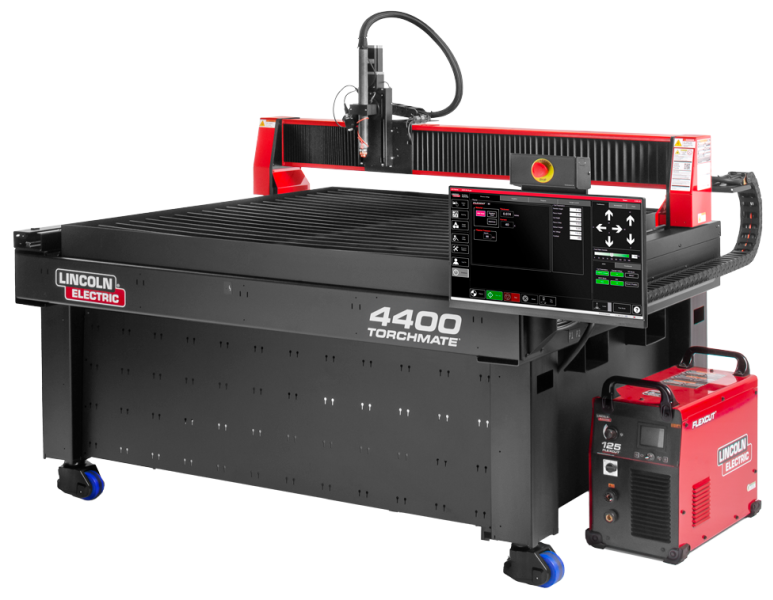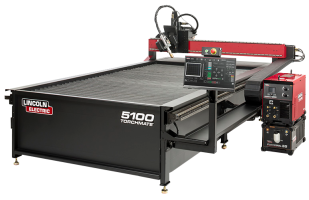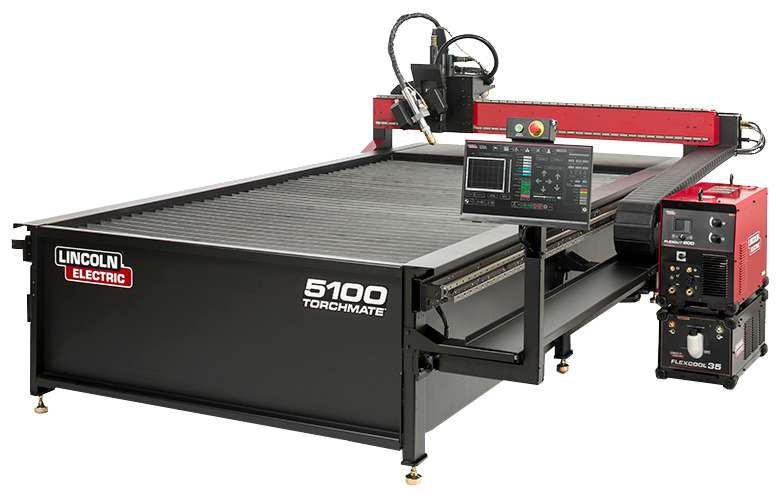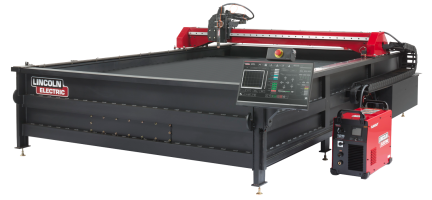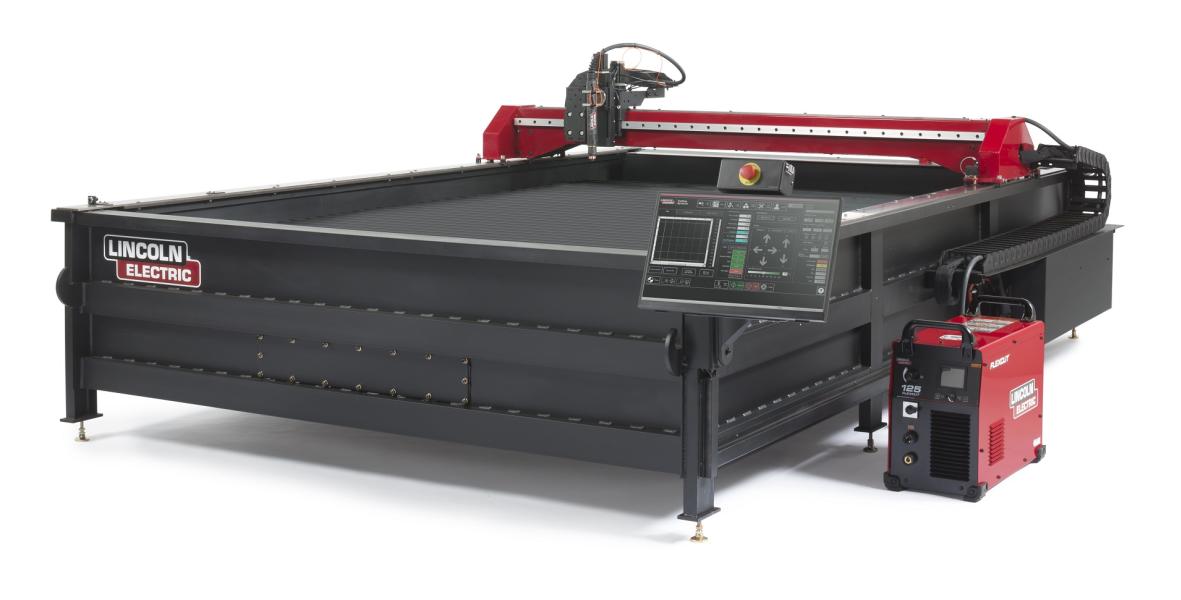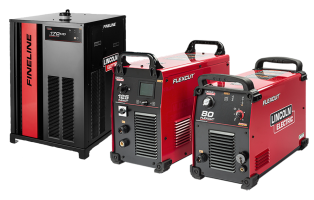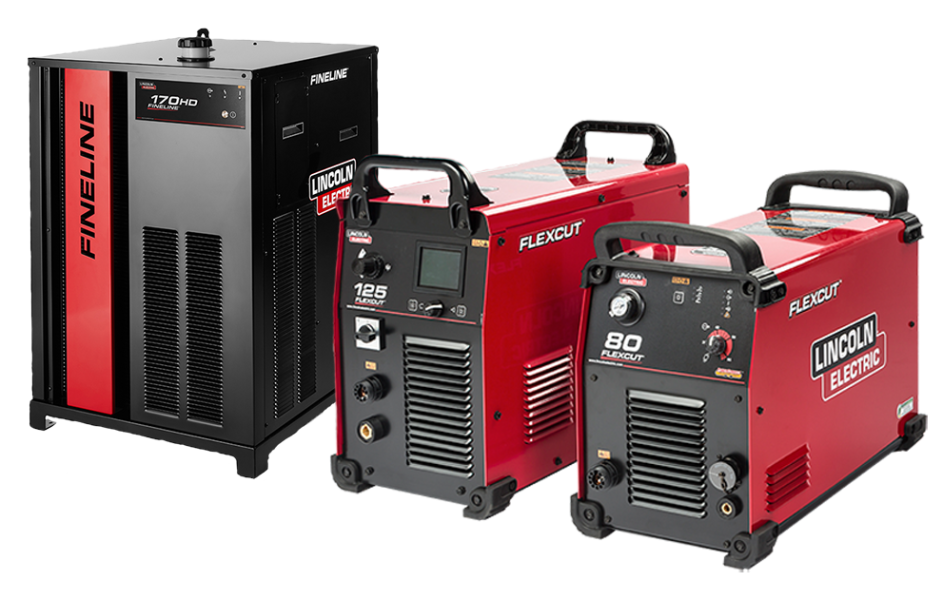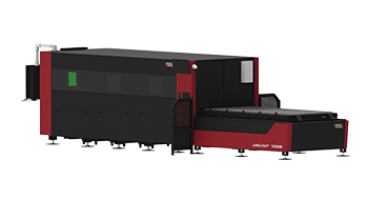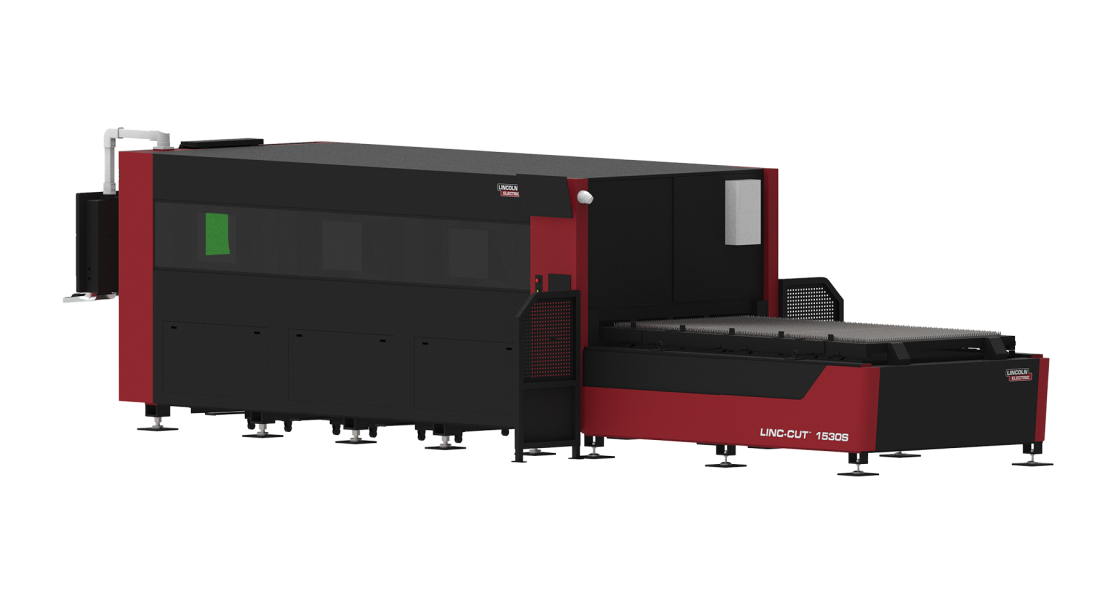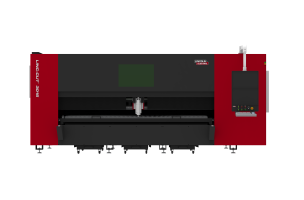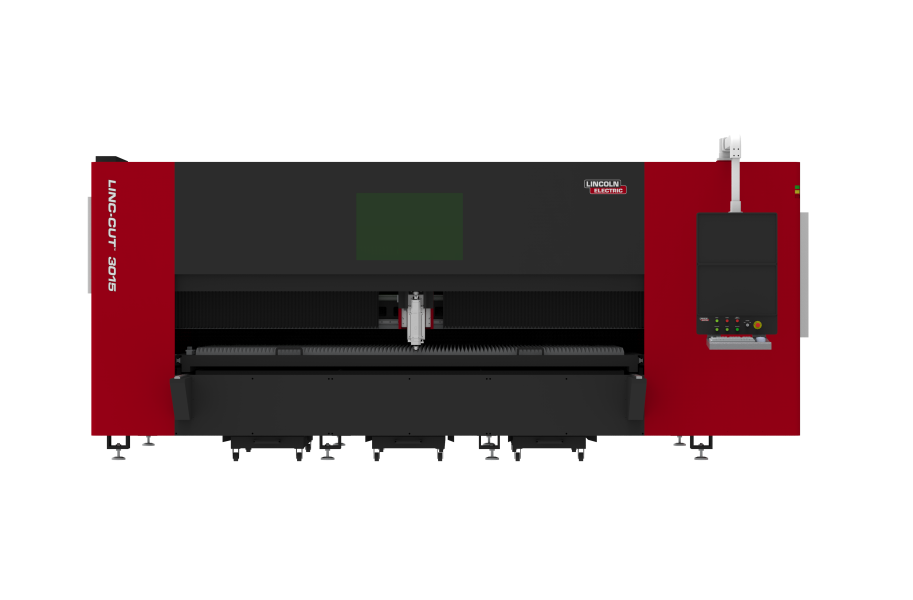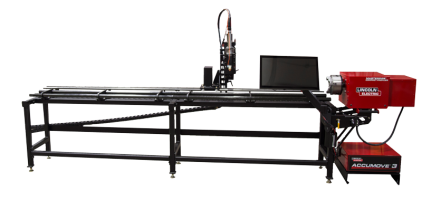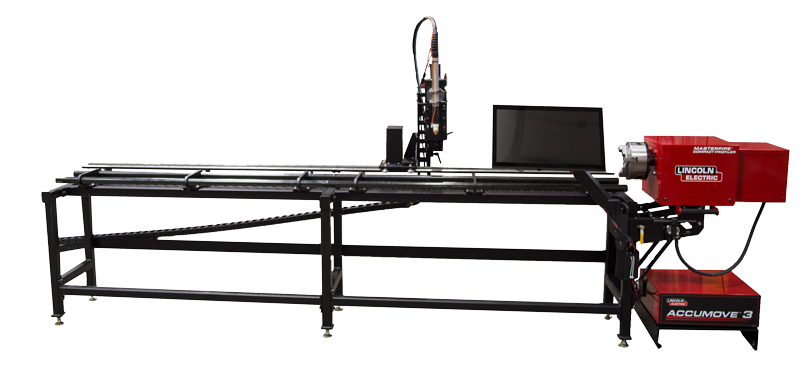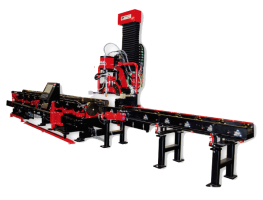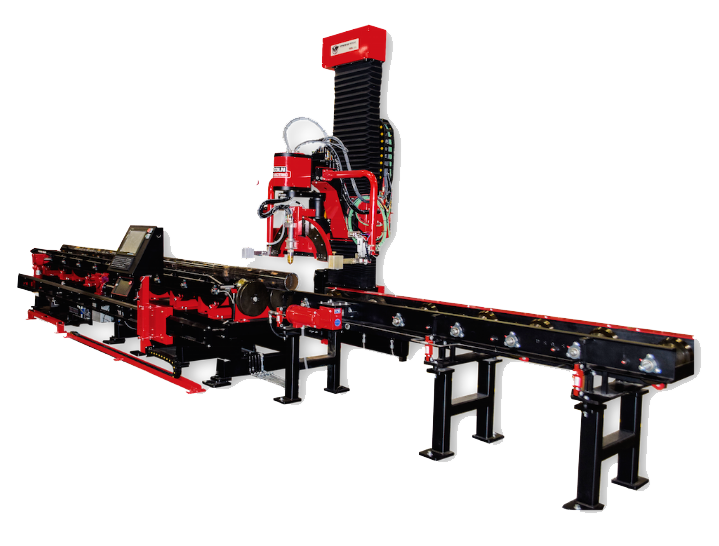Node Editing
Nodes can be used to create shapes as well. Nodes are defined points that are connected by lines. In Torchmate CAD/CAM each node is generally blue and when selected the node turns red. When a node is selected on the top bar there will be two coordinates that can be changed to move the node to the desired point. When a node is deleted the nodes on either side will join together.
With the node edit tool selected simply click on the work area where the node is to be placed. As each subsequent node is placed the line will extend along the path. To exit out of node editing select the apply button, or if a closed shape is desired double click on the starting point to connect the path fully.
There are many distinctions to be made between nodes. On every shape there will be a single node that has a small arrow originating from it. This node is the Start Point this node is the first in the sequence and the direction of the arrow. If the drawing is not closed there will be two un-joined nodes, these nodes can be joined to other shapes, or joined to each other. There are three types of nodes as well, Rounded, Tangent, and Sharp. A rounded node defines a curve; this node references its two adjacent nodes for curve information editing any of these nodes will change the dynamics of the curve. A sharp node is used to create the straight lines and angle changes between lines, sharp nodes are the simplest nodes as they basically pin the curve to a point. A tangent node is used to transition between rounded nodes to sharp nodes smoothly.

When a node is selected additional features can be accessed by right clicking and holding. Depending on the image type there will be up to eight options. Move the mouse over the option desired and release the right mouse button, this will select the option highlighted.

Node editing can be used to join two unrelated objects together. To get into node editing for a shape double click on it. Initially the two objects can be edited but not at the same time. To tell the computer to think of both objects as a single part so that all nodes can be edited at once select both objects and go to Arrange > Make Path. With the paths joined the next step is to edit the nodes to create a bridge between the parts.

Begin by breaking the nodes apart, select each node individually, right click, and choose Break.
Once the nodes have been broken they can be moved closer to each other. To join the nodes to other broken nodes select both nodes, to do this either draw a selection box around both or hold down the shift key as each node is selected. Once both are selected right click and choose Join. Once both sides of the bridge are joined there is a line left over, this can be thought of as scrap. This scrap piece can be removed a few ways, if it is a fairly simple shape the easiest way is to simply delete the nodes.

If the shape is more complex the way to delete the scrap is to break the path. Select the part and go to Arrange > Break Path. This separates any un-joined parts into distinct objects. With the objects separated the scrap can be selected and then deleted.
Nodes can also be used to edit existing shapes, even shapes that are created with shape tools. For any shape created with the shape tools there is one step that must be done to be able to node edit. With the part selected go to Arrange >Convert To select either Polygon or Polyarc. Double clicking on the object will now bring up node editing. The process of converting will not allow the part to be edited further by the shape specific tool bar. Once converted nodes can now be edited.




